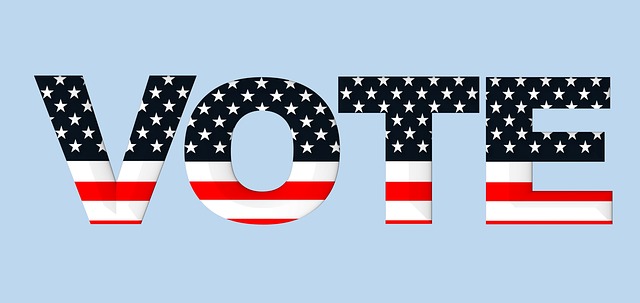
Major Overhaul of Federal Grantmaking Practices
04.24.2024 | Linda J. Rosenthal, JD

Now that we’re in the last few months of an election season that is one of the most highly charged in recent memory, it’s important to review the application of the political campaign activities ban in section 501(c)(3).
The mere 31 words of the 132-word section 501(c)(3) – tacked on almost as an afterthought by floor amendment in the 1954 overhaul of the tax code – may appear clear on its face, but it’s tough to apply.
In Part 1 and Part 2 of this series, we reviewed certain categories of activities that are outside the scope of the politics ban; that is, (1) voter-registration and “get-out-the-vote” drives (conducted in a neutral, nonpartisan manner); and (2) candidate participation in nonpartisan forums or voter-education events.We used examples primarily from IRS Revenue Ruling 2007-41.
Here, in Part 3, we focus again on certain hypotheticals presented in Revenue Ruling 2007-41. – this time, though, on the dicier situations that can arise by a candidate attendance at events where the person’s candidacy is not mentioned or is irrelevant, or a candidate’s attendance at 501(c)(3)-sponsored events that are open to the public.
First, let’s again review the statutory language in question. Section 501(c)(3) of the Internal Revenue Code is a definitional section; it describes which entities are eligible for this highly favorable category of tax exemption.
The politics ban is the final phrase, here bolded: “Corporations, and any community chest, fund, or foundation, organized and operated exclusively for […exempt…] purposes … no part of the net earnings of which inures to the benefit of any private shareholder or individual, no substantial part of the activities of which is carrying on propaganda, or otherwise attempting, to influence legislation (except as otherwise provided in subsection (h)), and which does not participate in, or intervene in (including the publishing or distributing of statements), any political campaign on behalf of (or in opposition to) any candidate for public office. (bolding added)
As we explained in Part I, “[t]he challenge, then, is to understand what that last phrase means,” and which activities are within this ban or not. A few examples that are clearly prohibited include:
Those are the easy ones; the clear-cut violations.
Others are not as simple.
First, many candidates for office already hold elected positions, and are expected as part of their current official duties to attend and participate in many events, year-round – close to election day or not. Second, certain elected officials, including members of the U.S. House of Representatives, have such short terms – just two years – that they are effectively running for reelection in early January following their November victories.
“A candidate’s presence at an organization-sponsored event does not, by itself, cause the organization to be engaged in political campaign activity,” according to tax officials. If “the candidate is publicly recognized by the organization, or if the candidate is invited to speak,” here are some of the factors that the IRS considers in analyzing whether the 501(c)(3) event sponsor is engaged in prohibited “political campaign intervention”:
Of the 21 hypothetical situations presented in Rev. Rul. 2007-41, the following examples are particularly helpful in analyzing the types of scenarios considered in this post.
Situations 10, 11, and 12 get a “thumbs-up” from the Internal Revenue Service. Situation 12 does not.
Situation 13, by contrast with 10, 11, and 12, gets a “thumbs-down from tax officials.
Coming up in Part 4, we’ll discuss a category of activities – “advocacy vs. political campaign intervention” – that makes the analysis here in Part 3 look like a walk in the park.
— Linda J. Rosenthal, J.D., FPLG Information & Research Director
